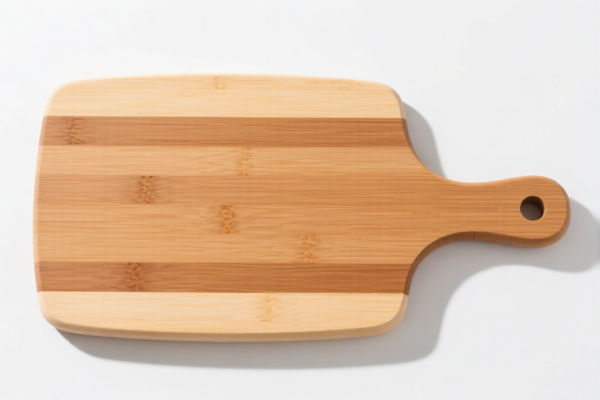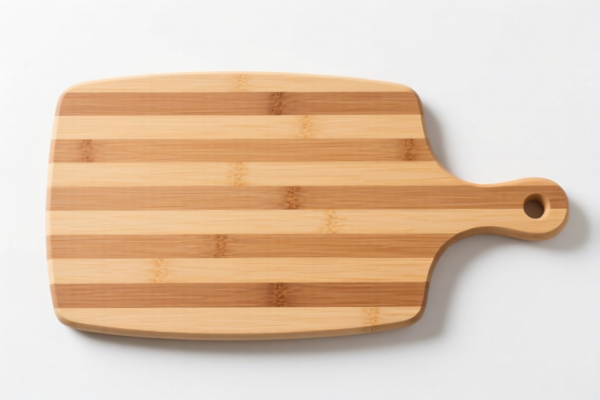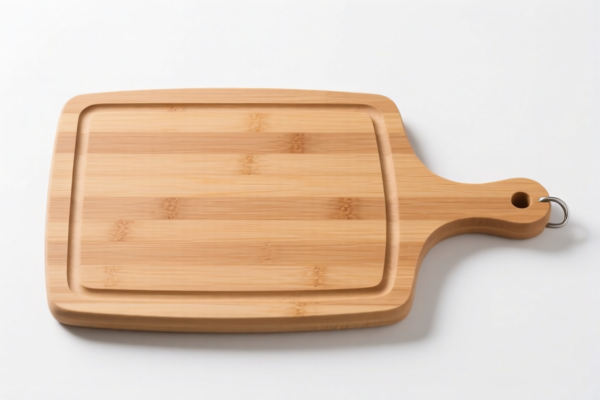| HS Code | Official Doc | Tariff Rate | Origin | Destination | Effective Date |
|---|---|---|---|---|---|
| 4823901000 | Doc | 55.0% | CN | US | 2025-05-12 |
| 4823907000 | Doc | 55.0% | CN | US | 2025-05-12 |
| 4805911090 | Doc | 55.0% | CN | US | 2025-05-12 |
| 4805915000 | Doc | 55.0% | CN | US | 2025-05-12 |
| 3926904800 | Doc | 33.4% | CN | US | 2025-05-12 |
| 3926909910 | Doc | 42.8% | CN | US | 2025-05-12 |
| 3920795000 | Doc | 58.7% | CN | US | 2025-05-12 |
| 3920995000 | Doc | 60.8% | CN | US | 2025-05-12 |




Cutting Pad
A cutting pad is a self-healing mat used to protect surfaces while cutting with tools such as craft knives, rotary cutters, and scissors. They are commonly used in a variety of crafts, design, and fabrication applications.
Material
Cutting pads are typically made from several layers of polyvinyl chloride (PVC), polypropylene, or a similar plastic material. The self-healing property is achieved through the plastic's ability to close cuts made by the blade, extending the pad’s lifespan. Higher quality pads utilize denser materials and more layers for increased durability and self-healing capability. Some pads incorporate a textured surface to help hold materials in place during cutting.
Purpose
The primary purpose of a cutting pad is to provide a safe and stable surface for cutting. They protect work surfaces from damage caused by sharp tools, preventing scratches, gouges, and other forms of wear. They also offer a degree of noise reduction compared to cutting directly on hard surfaces.
Function
Cutting pads function by absorbing the impact of the blade and allowing the plastic material to partially close around the cut. This self-healing characteristic prevents the cuts from permanently deepening and maintains a relatively smooth surface for repeated use. The pad’s resistance also aids in precision cutting by minimizing blade slippage.
Usage Scenarios
- Quilting: Protecting tables while cutting fabric with rotary cutters.
- Scrapbooking: Providing a stable surface for precise paper cutting.
- Model Making: Cutting materials like foam board, cardboard, and plastic sheets.
- Graphic Design: Cutting artwork, stencils, and other design elements.
- Leatherworking: Cutting leather and other materials with craft knives.
- General Crafts: Various applications requiring precise cutting of paper, fabric, and other materials.
Common Types
- Self-Healing Cutting Mats: The most common type, available in various sizes and thicknesses.
- Double-Sided Cutting Mats: Feature a cutting surface on both sides, extending the usable life of the pad.
- Rotating Cutting Mats: Include degree markings for accurate angle cuts, commonly used in quilting.
- Grid Cutting Mats: Feature a grid pattern for precise alignment and measurement. Grid patterns vary in size (e.g., 1/8", 1/4", 1/2").
- Non-Slip Cutting Mats: Designed with a non-slip backing to prevent movement during use.
- A4/Letter Size Cutting Mats: Smaller mats ideal for smaller projects and portability.
- Large Format Cutting Mats: Larger mats suitable for larger projects, such as architectural plans or large fabric pieces.
Based on the provided information, determining the precise HS code for "cutting pad" requires careful consideration of its material composition. Here's a breakdown of potential classifications based on the available data:
- 3926904800: This code covers "Other articles of plastics and articles of other materials of headings 3901 to 3914: Other: Photo albums". While not a direct match, if the cutting pad is constructed from plastic or other materials within headings 3901-3914, this could be applicable. The total tax rate is 33.4% (3.4% base tariff + 0% additional tariff, increasing to 30% additional tariff after April 2, 2025).
- 3926909910: This code covers "Other articles of plastics and articles of other materials of headings 3901 to 3914: Other: Other Laboratory ware". If the cutting pad is used in a laboratory setting, this code might be relevant. The total tax rate is 42.8% (5.3% base tariff + 7.5% additional tariff, increasing to 30% additional tariff after April 2, 2025).
- 3920795000: This code covers "Other plates, sheets, film, foil and strip, of plastics, noncellular and not reinforced, laminated, supported or similarly combined with other materials: Of cellulose or its chemical derivatives: Of other cellulose derivatives: Other: Other". If the cutting pad is made of cellulose derivatives, this code could apply. The total tax rate is 58.7% (3.7% base tariff + 25% additional tariff, increasing to 30% additional tariff after April 2, 2025).
- 3920995000: This code covers "Other plates, sheets, film, foil and strip, of plastics, noncellular and not reinforced, laminated, supported or similarly combined with other materials: Of other plastics: Of other plastics: Other". If the cutting pad is made of other plastics, this code might be relevant. The total tax rate is 60.8% (5.8% base tariff + 25% additional tariff, increasing to 30% additional tariff after April 2, 2025).
Important Considerations:
The classification of "cutting pad" heavily depends on its material composition. If the pad is constructed from plastic, codes 3926904800 or 3926909910 may be applicable. If it's made from cellulose derivatives, code 3920795000 could be considered. If it's made from other plastics, code 3920995000 might be relevant.
According to the provided reference material, the HS code options related to 'cutting pad' are limited, with only the following 4 found.
Customer Reviews
No reviews yet.